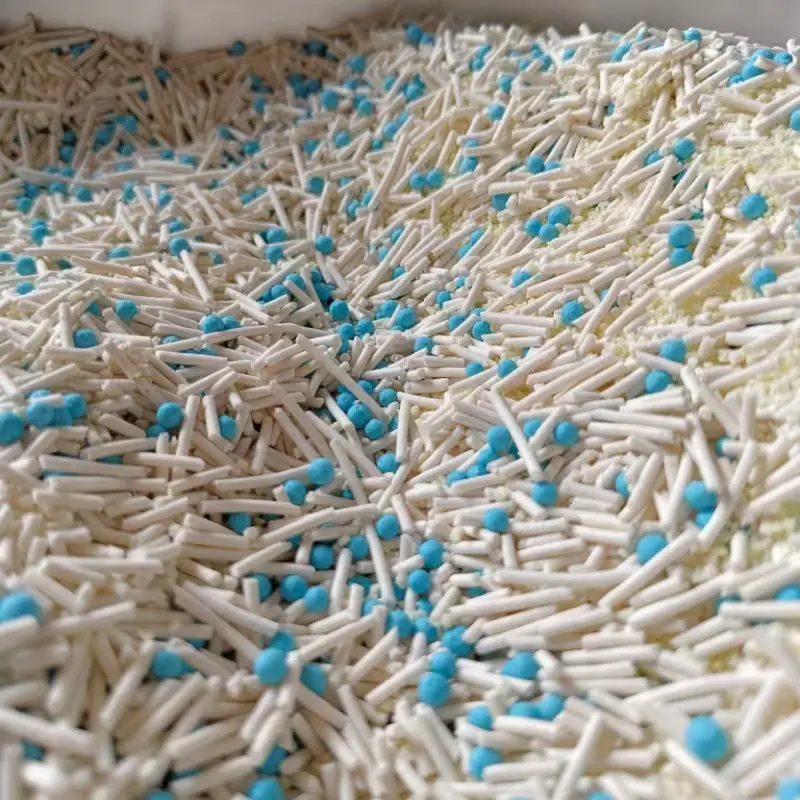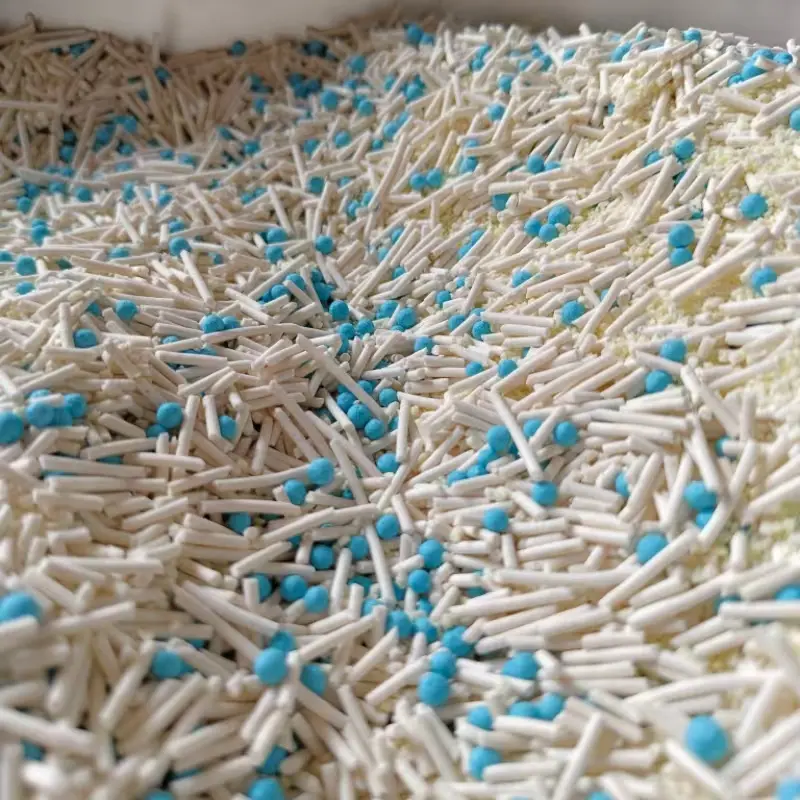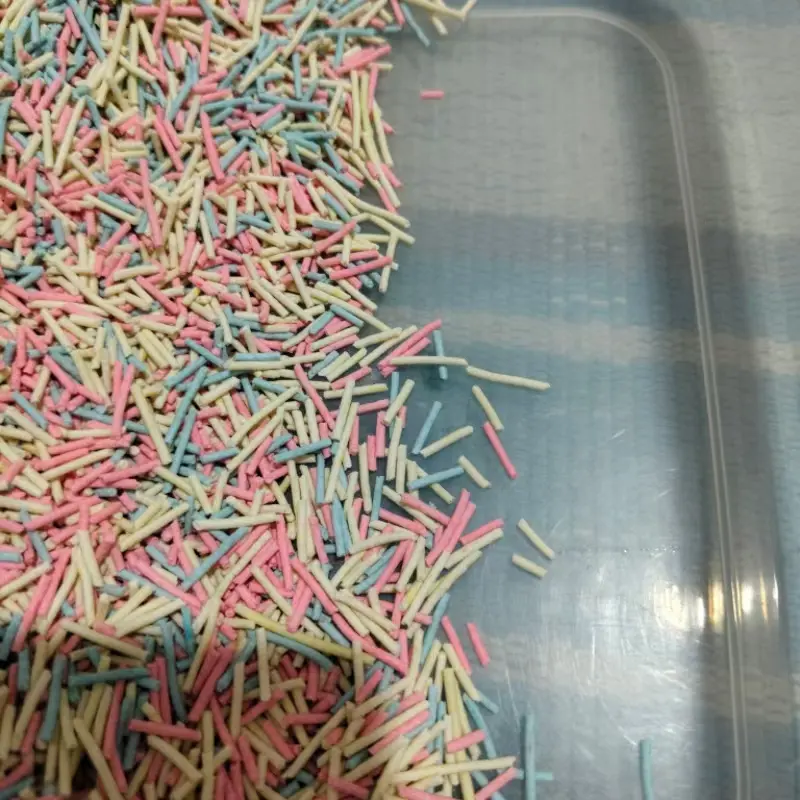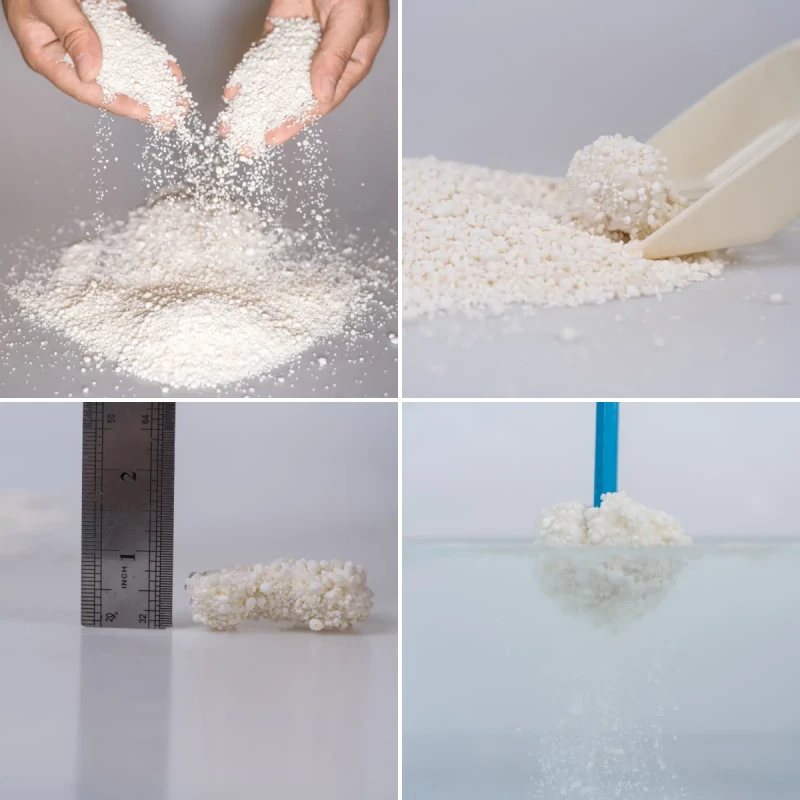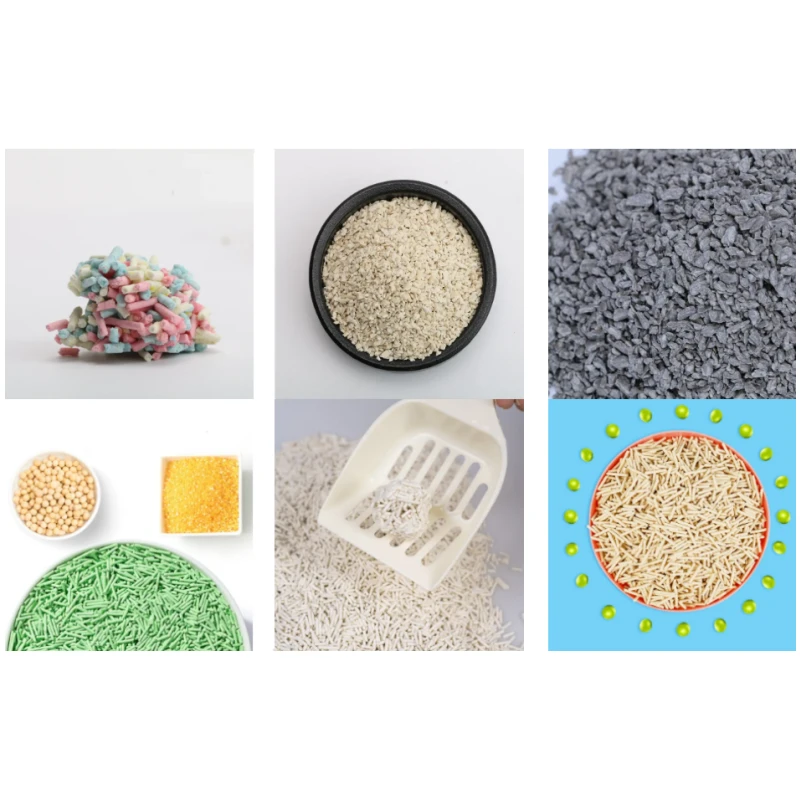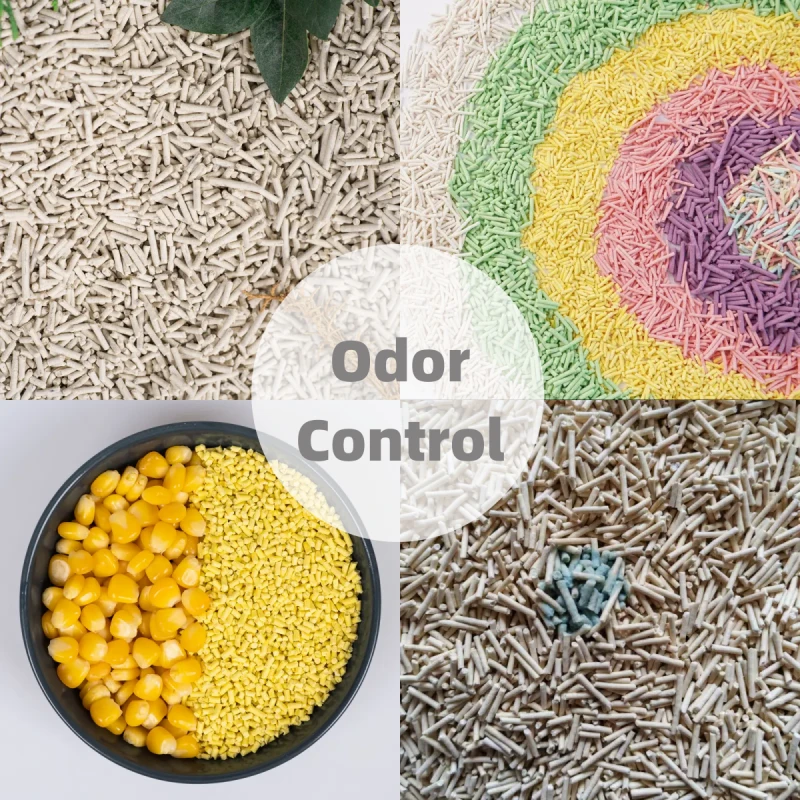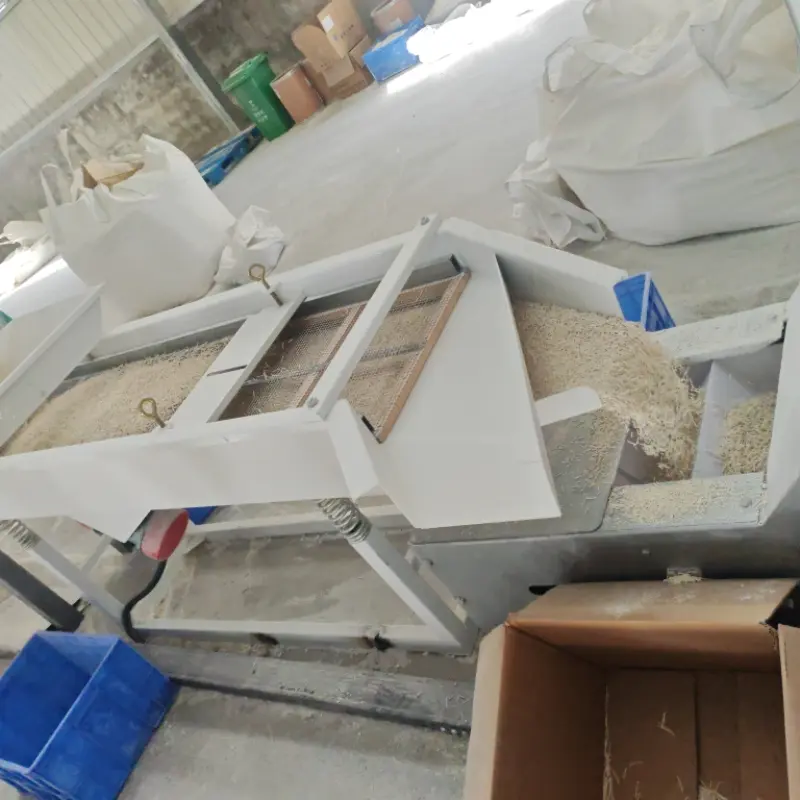Clumping vs. Non-Clumping Cat Litter: A Comprehensive Comparison
Choosing the right cat litter can significantly impact your pet’s health, home hygiene, and your convenience. The two most common types are clumping litter and non-clumping litter. In this article, we will explore their differences, available types, advantages, disadvantages, and provide a practical guide to selecting the best option for your feline friend.
What is Clumping Cat Litter?
Clumping litter forms solid clumps when it comes into contact with liquid. This is due to ingredients like bentonite clay, which absorbs moisture and creates clumps that are easy to scoop.
Types of Clumping Cat Litter
Clay-Based Clumping Litter
Most common type, made from sodium bentonite.
Example: Arm & Hammer Clumping Litter ($15 for 20 lbs).
Made from biodegradable materials like Tofu (bean), corn, wheat, or walnut shells.
Example: World’s Best Cat Litter ($18 for 14 lbs).
Silica Gel Clumping Litter
Combines the clumping ability of bentonite with the moisture-absorbing properties of silica.
Example: Dr. Elsey’s Ultra Clumping Crystal Cat Litter ($20 for 15 lbs).
What Makes Clumping Cat Litter Clump?
The clumping action of cat litter is primarily due to its material composition, specifically sodium bentonite clay or other natural substances that expand and bind when exposed to moisture. This unique property allows clumping cat litter to form solid masses when it comes into contact with liquid waste, making it easy to scoop and maintain a clean litter box.
How the Clumping Process Works
Moisture Contact:
When liquid waste enters the litter box, it comes into contact with the absorbent particles in the litter.Absorption and Swelling:
The particles absorb the moisture, swelling and creating a gel-like consistency.Solidification:
The swollen particles bond together, forming a cohesive clump that locks in moisture and prevents it from spreading to the rest of the litter.Odor Containment:
The clump traps odors, keeping the litter box fresh until the clump is removed.
Additional Ingredients in Clumping Litter
Deodorizers: Baking soda or activated carbon is often added to enhance odor control.
Fragrances: Some clumping litters include scents like lavender or citrus for added freshness.
Dust Control Additives: To minimize the common issue of dust, some clumping litters incorporate dust-reduction agents.
The clumping ability of cat litter is primarily due to sodium bentonite clay or other natural absorbents that expand and bind when exposed to liquid. This unique property provides easy maintenance, superior odor control, and long-term cost efficiency, making clumping litter a preferred choice for many cat owners.
What is Non-Clumping Cat Litter?
Non-clumping litter does not form clumps but absorbs moisture and controls odor by dispersing liquids throughout the litter. It requires full replacement more frequently.
Types of Non-Clumping Cat Litter
Clay-Based Non-Clumping Litter
Made from calcium bentonite or other absorbent clays.
Example: Tidy Cats Non-Clumping Litter ($10 for 20 lbs).
Silica Gel Non-Clumping Litter
Absorbs moisture while staying dry to the touch.
Example: Fresh Step Crystals Non-Clumping Litter ($16 for 8 lbs).
Natural Non-Clumping Litter
Made from materials like recycled paper, pine, or grass.
Example: Feline Pine Non-Clumping Litter ($12 for 20 lbs).
How Does Non-Clumping Cat Litter Work?
Non-clumping cat litter functions by absorbing moisture and controlling odors without forming solid clumps. Instead of binding liquid into removable masses, the litter disperses and retains the liquid waste within its particles, requiring full replacement of the litter box after a certain period.
How Non-Clumping Litter Works: A Step-by-Step Breakdown
Absorbs Moisture:
Non-clumping litter is made from highly absorbent materials such as clay, silica gel, recycled paper, or pine. When your cat urinates, the liquid is absorbed by the particles, spreading throughout the litter.Clay-Based Litter: Absorbs moisture but can become saturated over time, leading to wet spots at the bottom of the box.
Silica Gel Litter: Crystals trap liquid inside, leaving the surface dry to the touch.
Natural Litter (Paper/Pine): Biodegradable options absorb and neutralize moisture with less dust.
Neutralizes Odors:
Many non-clumping litters are treated with odor-controlling agents such as baking soda, activated carbon, or natural enzymes. These ingredients help to mask or neutralize the smell of ammonia from urine.Dispersion Without Clumping:
Unlike clumping litter, non-clumping varieties do not bind liquid into solid masses. Instead, they allow the moisture to spread and dissipate, keeping the top layer of the litter dry for longer.Solid Waste Management:
Solid waste (feces) is scooped out manually, while the remaining litter is left intact until it reaches its saturation point.Periodic Full Replacement:
Since non-clumping litter absorbs rather than isolates liquid waste, the entire litter box needs to be emptied and refilled every 1–2 weeks, depending on usage.
Key Differences Between Clumping and Non-Clumping Litter
| Feature | Clumping Litter | Non-Clumping Litter |
|---|---|---|
| Odor Control | Strong odor control due to easy removal of waste. | Absorbs odors but may need frequent replacement. |
| Cleaning Frequency | Requires daily scooping of clumps. | Needs full replacement every 1-2 weeks. |
| Cost Efficiency | Higher upfront cost, lasts longer. | Lower cost, but replaced more often. |
| Dust Levels | Can be dusty, especially clay-based options. | Often lower dust, ideal for sensitive cats. |
| Environmental Impact | Natural clumping litter is biodegradable. | Some non-clumping options are eco-friendly. |
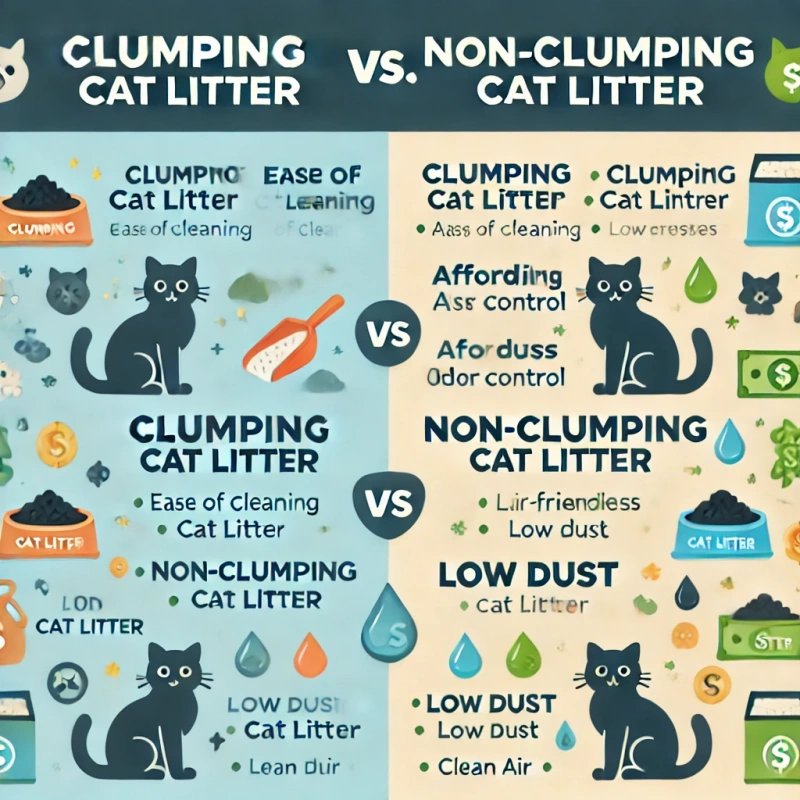
Pros and Cons
Clumping Litter
Pros:
Easy Cleanup:
Clumps are easy to scoop, maintaining a clean litter box.
Removes both solid and liquid waste efficiently.
Odor Control:
Traps odors within clumps, keeping the area fresh.
Some brands offer additional odor-absorbing agents.
Long-Lasting:
Only requires topping up instead of full replacement, making it economical in the long run.
Cons:
Higher Initial Cost:
Example: Clay clumping litter costs $0.75–$1.00 per pound compared to $0.50–$0.75 for non-clumping.
Dust Levels:
Some options can produce significant dust, which may irritate sensitive cats or owners with allergies.
Not Always Eco-Friendly:
Clay-based clumping litter is non-biodegradable.
Non-Clumping Litter
Pros:
Lower Initial Cost:
Generally cheaper upfront than clumping litter.
Example: Non-clumping clay litter averages $0.50–$0.75 per pound.
Lower Dust Levels:
Ideal for cats with respiratory issues.
Eco-Friendly Options:
Natural non-clumping litter, such as pine or recycled paper, is biodegradable.
Cons:
Frequent Replacement:
Entire litter box needs replacement every 1-2 weeks, increasing effort and cost over time.
Odor Control:
Absorbs moisture but may not effectively lock in odors, especially in multi-cat households.
Messier Maintenance:
Wet spots can accumulate at the bottom of the litter box, making cleanup more challenging.
Clumping vs. Non-Clumping Litter: Which is Better?
Choosing between clumping and non-clumping cat litter depends on your cat's preferences, your cleaning routine, and your budget. Both have their advantages and drawbacks, making the "better" choice subjective to your specific needs. Here's a comprehensive comparison to help you decide.
Choose Clumping Litter If:
You want easier daily maintenance with scooping.
Odor control is a high priority, especially in multi-cat households.
You prefer a long-lasting option with less frequent full replacements.
Choose Non-Clumping Litter If:
You’re on a tighter budget and want a lower initial cost.
You’re looking for eco-friendly or low-dust options.
You prefer a full-box replacement cleaning routine.
Final Recommendation
The "better" litter depends on your specific needs and your cat’s preferences. For convenience and superior odor control, clumping litter is typically the better option. However, if you prioritize eco-friendliness or are managing a kitten, non-clumping litter may be more suitable.
To make the best decision:
Test Both Types: Purchase small amounts of each and observe your cat's behavior.
Consider Your Cleaning Style: If you’re diligent about daily scooping, clumping is ideal. If you prefer periodic deep cleaning, non-clumping works well.
Evaluate Costs and Benefits: Assess your long-term budget and the litter's overall performance.
By weighing the pros and cons, you can ensure a cleaner home and a happier cat.
How to Choose Between Clumping and Non-Clumping Litter
Selecting the right litter depends on your cat’s preferences, your budget, and your cleaning routine. Here’s a step-by-step guide:
Step 1: Evaluate Your Cat’s Needs
Age:
Kittens may prefer softer, dust-free non-clumping litter.
Adult cats often adapt well to clumping litter.
Health Issues:
Cats with respiratory problems may benefit from low-dust non-clumping options.
Behavior:
Some cats are picky and may reject certain textures or odors.
Step 2: Consider Your Lifestyle
Time Commitment:
Clumping litter requires daily scooping but less frequent full replacements.
Non-clumping litter demands complete box changes more often.
Odor Tolerance:
For strong odor control, clumping litter is ideal.
Step 3: Budget Analysis
Initial Cost:
If budget is a concern, non-clumping litter may be a more affordable option upfront.
Long-Term Value:
Clumping litter, though costlier initially, may save money over time due to less frequent full replacements.
Step 4: Trial and Observation
Try Both Types:
Test both clumping and non-clumping options to see which your cat prefers.
Monitor their reaction and comfort levels.
Monitor Waste Management:
Evaluate how well each type handles odor and cleanliness in your specific household setup.
Price Comparison
| Litter Type | Price (per pound) | Replacement Frequency | Monthly Cost for One Cat |
|---|---|---|---|
| Clumping Clay Litter | $0.75–$1.00 | Top-up as needed | $15–$20 |
| Natural Clumping Litter | $1.00–$1.25 | Top-up as needed | $20–$25 |
| Non-Clumping Clay Litter | $0.50–$0.75 | Full replacement every 1–2 weeks | $12–$18 |
| Non-Clumping Natural Litter | $0.75–$1.00 | Full replacement every 1–2 weeks | $15–$20 |
Conclusion
Both clumping and non-clumping cat litter have their advantages and disadvantages, and the choice depends on your cat’s preferences and your lifestyle. Clumping litter offers convenience and superior odor control but comes at a higher cost. Non-clumping litter is budget-friendly and eco-conscious but requires more frequent replacement.
For households with multiple cats or those seeking ease of maintenance, clumping litter may be the best option. On the other hand, for cat owners prioritizing affordability and reduced dust, non-clumping litter is a viable choice.
By understanding the differences, trying out various options, and observing your cat’s behavior, you can select the best litter to ensure a happy and hygienic home for your feline companion.

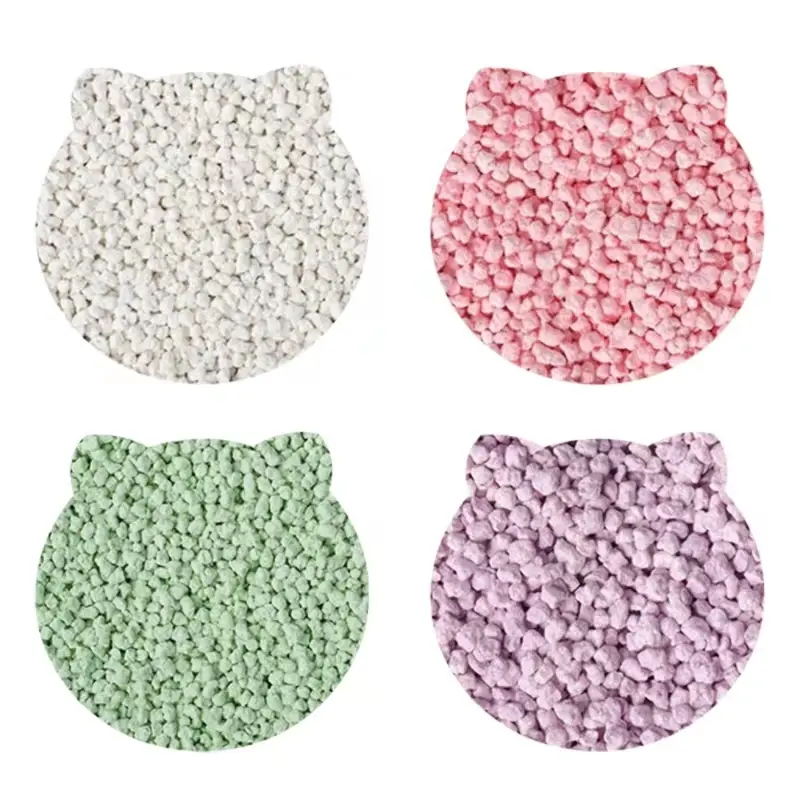
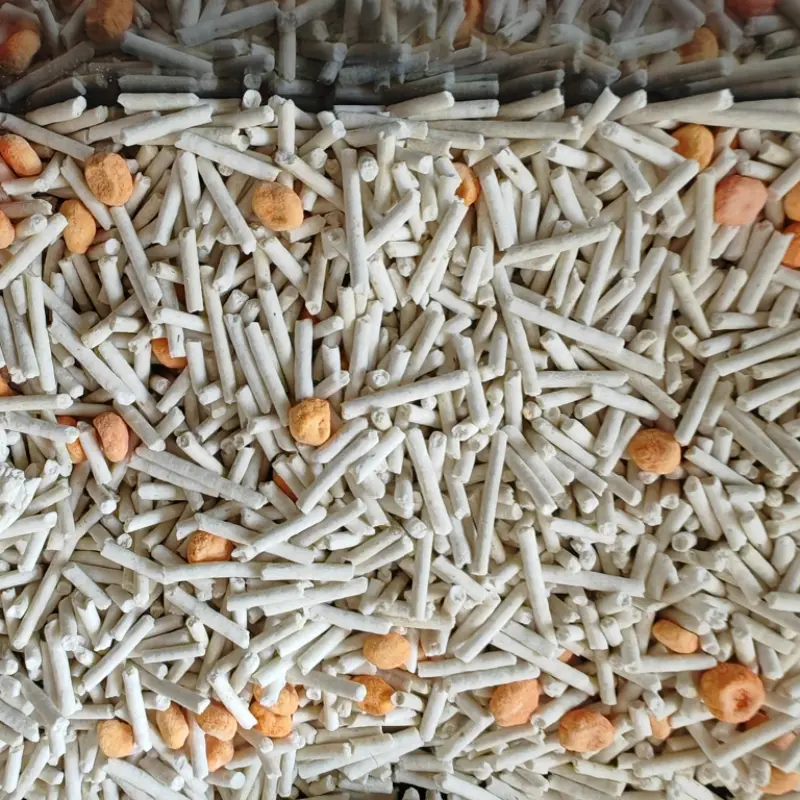
122.webp)
